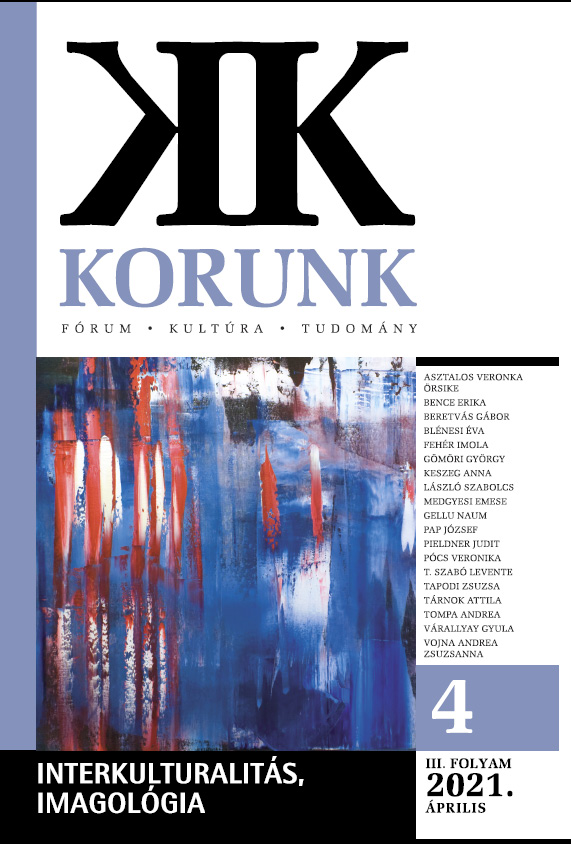Autoimázs és heteroimázs. Imagológiai közelítés Kazuo Ishiguro A dombok halvány képe című regényéhez
Auto-Image and Hetero-Image: An Imagological Approach to Kazuo Ishiguro’s A Pale View of Hills
Author(s): Judit Pieldner, Andrea Zsuzsanna VojnaSubject(s): Other Language Literature
Published by: Korunk Baráti Társaság
Keywords: imagology; auto-image; hetero-image; unreliable narration; trauma
Summary/Abstract: The aim of this study is to offer and imagological reading of Kazuo Ishiguro’s first novel, A Pale View of Hills (1982). The plot unfolds in two locations: in Nagasaki, where the narrator-protagonist, Etsuko, expects her baby in the post-WWII period, and in England, where she got married for the second time and looks back at her past, searching for an answer to the question why Keiko, her daughter born in her first marriage, committed suicide. Etsuko evokes the story of her friendship with Sachiko, a young woman raising her daughter, Mariko, and making plans of emigrating to America. In the course of the narrative, Etsuko proves to be an unreliable narrator who builds up her auto-image from a distanced position, via creating a hetero-image of another character. This distancing mechanism reveals the traumatic experiences indirectly conveyed by the unreliable narrator’s misleading images and understatements. The study discusses the relationship between auto-images and hetero-images both at the individual and the community level, focusing on mental images of Japan and the West that affect the protagonist’s decisions made in the past and her struggle to come to terms with them in the present.
Journal: Korunk
- Issue Year: 2021
- Issue No: 04
- Page Range: 50-60
- Page Count: 11
- Language: Hungarian

